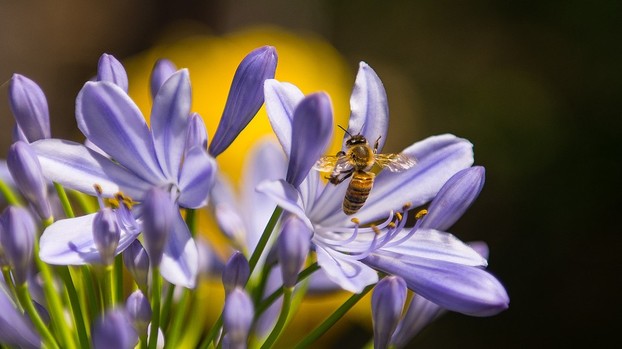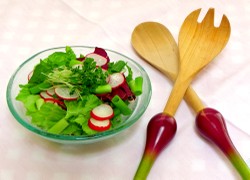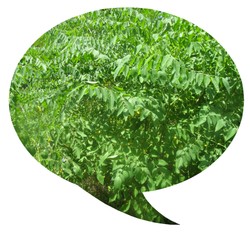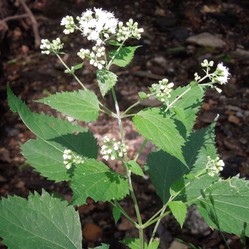After several studies conducted by Biologist, it is estimated that the honey bee population has declined by almost 70% over the last couple of years. There isn't a solid answer as to why. There are however a whole mess of theories including human chemical use, global warming and even some theories relating to new predators with no natural predators of their own. Those are a few of the biggest concerns. As noted, and it's important to note again, the scientists have yet to figure out the actual cause. That doesn't mean we can't help to reverse the problem.
Beekeeping is a fun and exciting hobby the produces several major benefits not just for you but for the fruits and vegetables around the hives. One of the jobs of the worker bee in the bee colony is to get pollen from plants and bring it back to the hive to use as food for the queen bee. During the process of gathering the pollen on in the tiny pouches attached to their legs, they pollenate other plants which in turn allow the plants to produce. Without the honey bees, there would be a dramatic decline in food stores all over the world. In addition to the great plant yields, you also get the delicious honey that is produced by the beehive swarm. In addition to the honey, the wax caps from the honeycombs can be used in several applications, candle making being the most notable. Even the royal jelly that the queen nourishes herself with and also lays more queen eggs in is often a delicacy for some folks. I've heard tales of it being used as medicinal remedy for sore joints as well.
When my better half and I got started in beekeeping, even before we put our first queen bee in the apiary (a beehive, or collection of beehives), we looked to the local beekeepers for as much knowledge as we could obtain. Remember, they have been through it already so they can speak in volumes regarding experience especially in your geographic location. A beekeeper in South America will likely have a far different setup than one say in Iceland. Getting dialed in on the expectations of your local area will not only save you a load of headaches but also money and time as well.
Once we were tuned in on the lay of the land regarding our beekeeping equipment needs and what to expect during temperature changes, we sought out to gather information on lower cost gear. The best tip from our experience that we can deliver right after the local beekeeper information above, is that unless you have a really fat pocket book, it will behoove you to search for good deals on your startup equipment. If you don't take some time to dig for those deals, this hobby can get expensive fast.






Comments